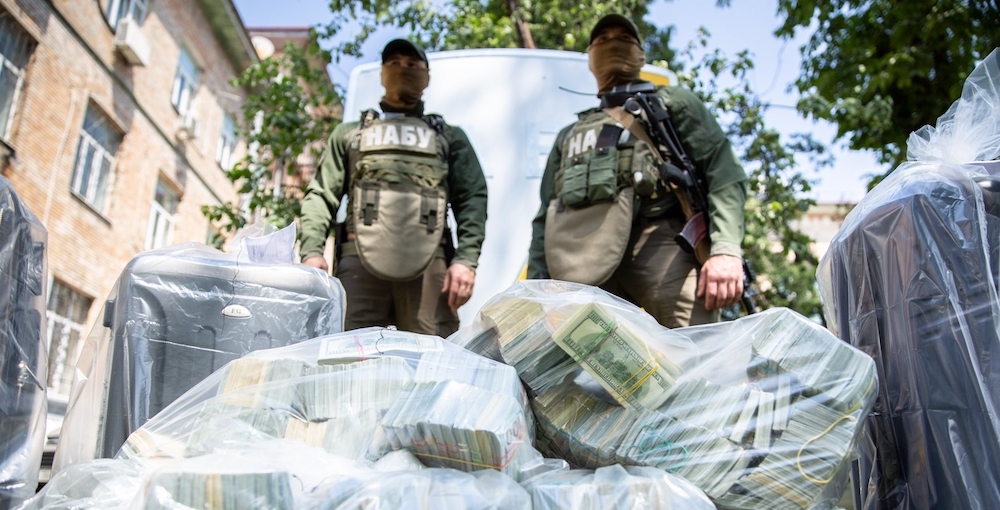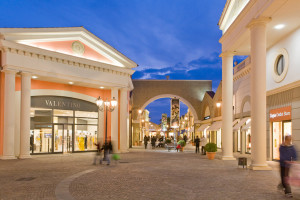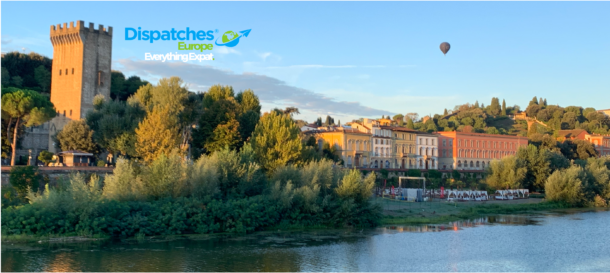In one of my previous posts, I was writing about things that Ukrainian refugees are missing in Germany and other countries, even seemingly more developed and advanced. Ukraine has a lot to offer, or at least it did…
But let’s look at the opposite side.
There are also things that people would find hard to miss, and in some cases, these and many other factors lead to people leaving our homeland — many of them for good.

Terrible public service infrastructure
Public hospitals, nursing homes, or establishments for the disabled are places where people try to never end up. The terror these establishments affect on people is similar to how workhouses were regarded by the poor in England in the 1800s. The conditions in those establishments were so dreadful that many people would rather die than go there. In Ukraine, what old people dread is ending up in a public nursing home.
They are usually understaffed, poorly subsidized, and have a really bad reputation. Usually, only lonely people with no relatives and no means to hire private help are forced to go there, and they are desperately afraid.
These institutions are very little controlled by the government, and so the power over elderly and powerless people is practically endless and is very easy to misuse. No child would ever think of sending their parents to a public nursing home unless they would have absolutely no other choice.
The Russian aggression in Ukraine only exacerbated the problem.
Public hospitals in Ukraine inherited a lot from the Soviet times, and the USSR was never a very comfortable place to be sick. But whereas these institutions were at least new in Soviet times, now they are especially ugly due to their dilapidated state. The level of care the patients are getting is often completely unacceptable, the conditions unsanitary, and the personnel often unprofessional, overextended or just plain indifferent. The situation improved a lot in the last couple of decades, but in many places is still really bad.
In 2017, when Ukraine was going to reform its medical system and make it closer to European ones, the hashtag “вимагаю_медреформу” (demanding_medreform) appeared on Facebook. The stories under that hashtag are hard to read. They are about medical errors, failed treatments, indifference, or the terrible cruelty of prohibiting access to ICUs for parents even for the smallest children.
This last problem is so systemic that there was even an order, issued by the Ukrainian Health Ministry back in 2016, about around-the-clock access to ICU patients. However, many hospitals chose to treat the order as they saw fit, and even in later years, there were and still are cases when children died alone in hospitals, with desperate parents outside.
They would “become an inconvenience”, according to the doctors.

Corruption and under-the-table treatment
This starts at the very top but goes down to the lowest levels. The top is, of course, politics, which everyone knows is a dirty game. Then it goes down to the oligarchs, a handful of people owning most of the Ukrainian wealth.
According to Wikipedia, in 2008, the combined wealth of Ukraine’s 50 richest oligarchs was equal to 85 percent of Ukraine’s GDP. In November 2013, this number was 45 percent. It went down with the Russian war in Ukraine, which affected the oligarch’s fortunes, too. But on the level of the simple mortals, the golden rule was still dominating pretty much everywhere.
Almost everything can be bought, including the quality of service. This in itself isn’t that big a surprise, but this also applies to the public services listed above. Most often, the level of treatment can be upped considerably, by passing a stipulated sum of money under the table. This money, of course, never goes on the public record and never benefits the hospital infrastructure; instead, it settles down in private pockets. And despite that, the price lists for such “upgrades” are usually very much fixed and announced upfront.
I never wanted to – or could give – bribes, so I hated that one had to do it in Ukraine. I would much rather pay openly and above board, knowing or at least hoping that my money would be used for the needs of the establishment.
This cringe-worthy practice will never be missed by me, and I am sure that many, many Ukrainians breathed a huge sigh of relief when it stopped being their everyday reality.

Mud and dust
Nearly a quarter of the world’s most fertile soil, known as Chernozem, is located in Ukraine.
Chernozem is black soil rich in organic matter called ‘humus,’ which is made up of decomposed plants. More than 65 percent of arable land in Ukraine is composed of Chernozem deposits, making it ideal for farming. © TRTWorld
This soil, which makes Ukraine so ideal for farming, in combination with Ukrainian very seasonal weather — with lots of snow in winter and lots of rains in spring, summer, and autumn — makes it sometimes very inconvenient to simply exist.
Because it’s everywhere.
I am not sure why or how, but in spring and autumn mud is always just there. It’s sticking to people’s shoes and car tires. It’s dragged into shiny supermarkets and perfectly clean offices. In summer, it turns into dust that’s constantly suspended in the air and is covering one’s furniture with a thin but persistent layer which requires dusting very often.
More examples like this are in this blog article by Andrew Havand.

Stone jungle
A lot of people have probably seen the war pictures of my native city, Kharkiv, and especially a residential area called Saltovka, which suffered the most from the bombs and air raids.
What Russians did to the city is terrible. But even at their best times, these residential areas are not what you’d call pretty or cozy. There are no private houses with manicured lawns and nice driveways. They’re human honeycombs — the most utilitarian, bare-bones homes that allow to put as many people as possible, on as little space as possible. Some people even prefer apartment buildings — they are usually located in big cities, have developed infrastructure, and everything is close by. I also lived in one such building for the best part of my life, and for a very long time, didn’t see any problems with it.
After all, everybody I knew lived the same life.
But when you’ve seen something different, you start feeling this difference.
It never bothered you before, but now you stop to think and ask, why? Why do we live like this and think that it’s normal?
Roads
Ukraine’s roads have consistently been some of the worst in Europe (as some articles from the years 2013, 2018, and 2022 can demonstrate). Despite the data from TheGlobalEconomy.com (for years 2006–2019) showing some improvement, even at its best, it was still one of the worst ratings in Europe.
When we moved to Poland, we started to forget how bad the state of the roads in Ukraine was. Sometimes, I am reminded of it right now, in a small town on the border of Berlin. There’s a small crossing here in town that constantly seems to be in a state of disrepair, with deep potholes. They get patched up, and then, after a very short time, they resurface.
I suppose the local road service isn’t doing a great job of it. I remember reading an article once about how the patching is done in some other countries — that after the pothole is patched, a metal plate is put over the fixed place and it stays there for some time, weeks, or even months so that the asphalt underneath is compacted, evened out and becomes one with the old surface.
I am not sure if it’s a good technique, and I don’t remember where it’s applied. But definitely, I’ve never seen it applied in Europe or Ukraine. Perhaps more is the pity.
This weird crossing, however, is one of a kind here. In Ukraine, it’s more of a rule than an exception.
It is a constant source of frustration — but a lot of people accept it as a matter of course.
This list is by no means exhaustive, and there are a lot of problems with Ukraine: corruption, dirty politics, money laundering, rudeness, and poverty. Some of them are probably interlocked.
In this post, I was looking at the everyday issues, far from the global level. These are just things that simple people experience in their lives.
It feels almost disloyal to be writing about such things at a time when Ukraine is experiencing its darkest times in history. But I am hoping it will get through this war with a victory. And then, it’ll start rebuilding itself and making life better for its citizens.
Let us all hope so.
Maryna is a software developer from Ukraine who now lives in Germany. Maryna also writes a programming blog to share her knowledge. She sometimes speaks at conferences, though being an introvert, writing comes more naturally. She says she’s not a professional writer but writing is something she likes, “and I think I can do it pretty well.”














